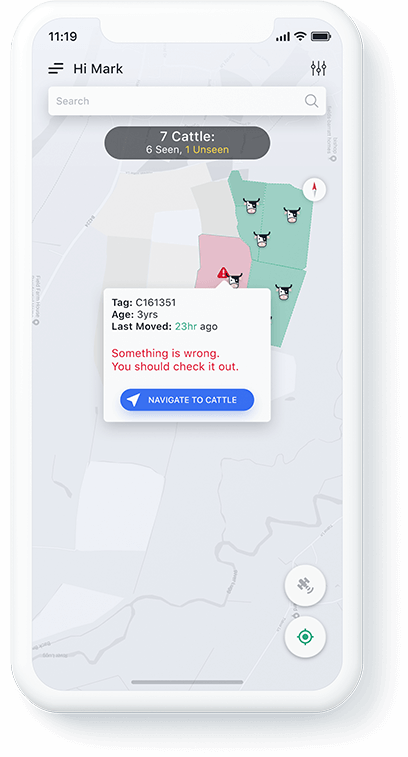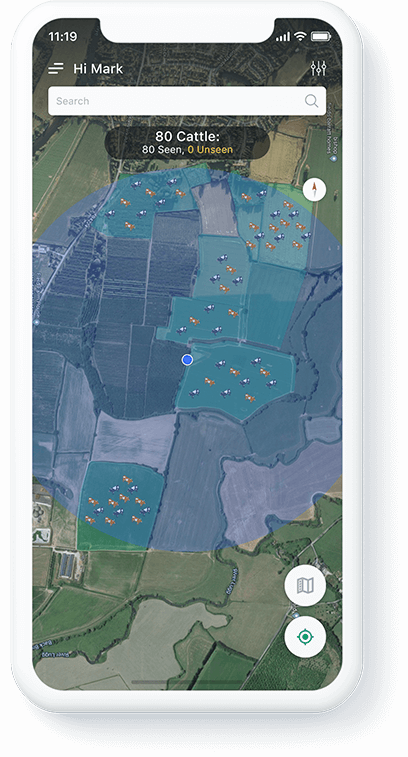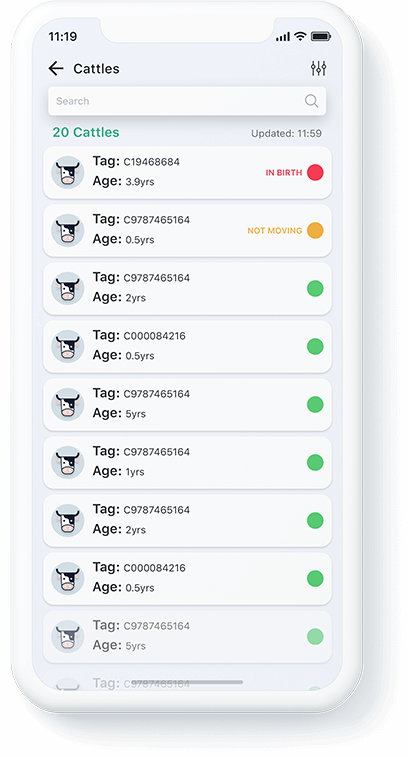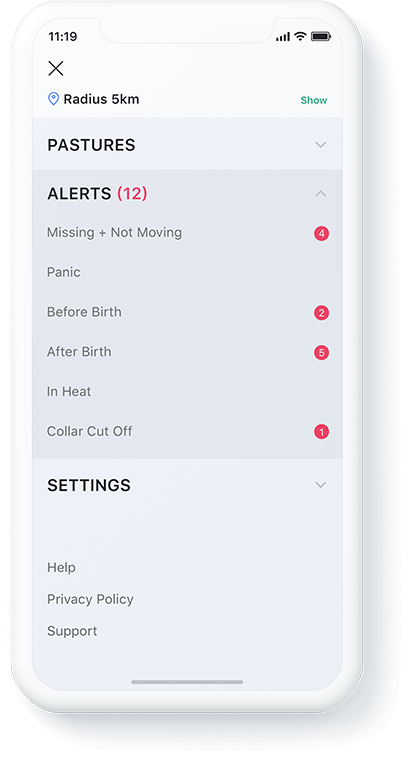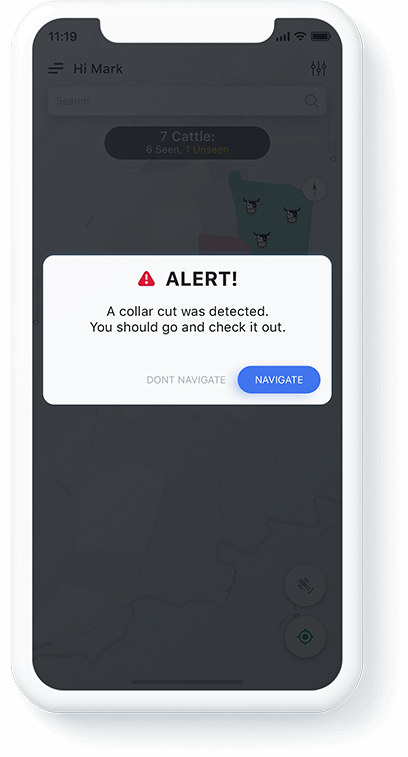Project Summary
As their agricultural enterprise expanded, a respected U.S. farmer recognized the limitations of conventional approaches in managing their growing cattle herds and expansive farmlands. In response, they conceptualized an innovative solution: a Cattle Tracking and Management Software System. This sophisticated tool aimed to automate and elevate various facets of cattle care, encompassing real-time tracking, health assessments, breeding documentation, grazing management, and milk production enhancement This reshaped the landscape of farming and livestock management, harmonizing with the evolving contours of the agricultural domain.
About the Client
The client for this project is a U.S.-based agriculturist deeply involved in farming and agriculture as their core business. Their holdings comprise extensive farming land, pastures, and a substantial number of livestock, including multiple herds of cattle. Formerly, the client relied on manual labor, pen and paper methodologies, and Excel spreadsheets to manage and monitor their cattle. However, as their business expanded and their cattle count grew, the management of these assets became increasingly challenging. Hence the conceptualization of this software system.
Key Challenges and Solutions
Challenge 1 - Assuring Non-Tech-Savvy Client
Our Solution
we initiated a Proof of Concept (PoC) testing phase. This involved meticulous testing of simplified software prototypes that showcased the solution’s potential benefits. The emphasis was on presenting tangible evidence of improved cattle management through the software. Additionally, we executed usability testing to ensure the interface resonated with the non-tech-savvy client.
Challenge 2 - Navigating Stringent Regulations
Our Solution
Our testing approach involved rigorous compliance testing. We conducted extensive tests to verify that the software aligned with the stipulated regulations. This included validation of data handling, security measures, and reporting capabilities to ensure accuracy and integrity. Additionally, our team executed scenario-based testing, simulating different regulatory scenarios to validate the software’s response.
Challenge 3 - Geo-Fencing Irregular Perimeters
Our Solution
Our testing approach involved rigorous location-based testing. We utilized simulation techniques to test the software’s response in scenarios with irregular perimeters. Through systematic field testing, we validated that the Geo-fencing accurately triggered notifications when cattle crossed virtual boundaries.
Challenge 4 - Coordination Across Time Zones
Our Solution
Our testing strategy revolved around optimizing automated testing capabilities. We developed automated test scripts that could be executed remotely, overcoming geographical constraints. Additionally, we established overlapping testing windows to accommodate both teams’ working hours. Through this, we maintained a streamlined testing process despite the time zone challenges.
Challenge 5 - Tackling the absence of a dedicated experienced QA team at the client's side
Our Solution
ChromeQA Lab assembled a team of seasoned Quality Assurance (QA) professionals with extensive expertise in software testing methodologies. These individuals had a deep understanding of the techniques and practices required to thoroughly assess and evaluate the software’s functionality, reliability, and performance.
Challenge 6 - Ensuring Top Notch Performance of the Cattle Management Software
Our Solution
ChromeQA Lab employed a comprehensive approach, including load testing to evaluate software performance under varying loads, stress testing to identify breaking points, and scalability testing for accommodating growth. Real-world simulation involved a mix of virtual and physical environments, assessing performance across different hardware setups. Continuous monitoring and data collection informed detailed reports, assisting in software optimization for peak performance.
Business Impact
Competitive Compliance Advantage
Meticulous regulatory compliance ensured a competitive edge by mitigating risks, enhancing brand reputation, and establishing leadership in responsible farming practices.
Resource Efficiency:
Efficient coordination across time zones optimized resource allocation, expediting project timelines and reducing operational costs.
Enhanced User Loyalty
Comprehensive testing led to high-performance software, resulting in satisfied users who remained loyal, recommended the software, and fuelled business growth.
Market Trust and Leadership
Assurance of quality and regulatory compliance built trust in the market, leading to an improved market position and opportunities for attracting customers and partnerships.
Risk Minimization
Rigorous testing minimized operational risks, saving resources and ensuring projects remained on track and within budget.
Cost-Efficiency
Efficient testing practices translated into significant cost savings, enabling investment in growth and innovation.
Client Retention and Growth
Enhanced client confidence resulted in long-term client relationships, expanded software usage, and contributed to ongoing revenue and business expansion.
Operational Excellence
Geo-fencing precision improved operational efficiency, reducing waste and cost, and optimizing farm operations.
Innovative Reputation
Leveraging technology and innovative testing approaches established the business as an industry innovator, attracting forward-looking clients and partners and driving business growth.
Swift Time-to-Market
Geographically flexible testing expedited project deliveries, gaining a competitive edge and seizing opportunities in the market.
Technologies Used
The Final Outcome
ChromeQA Lab’s steadfast commitment to delivering top-tier tested software solutions was showcased in the success of this complex project, where our meticulous testing approach played a central role. Initially, the client had reservations about investing in Quality Assurance (QA), but after experiencing the benefits of our 80hrs free trial services, they were convinced of its value.
The seamless automation of software testing tasks led to a significant upswing in business productivity at the end, resulting in substantial time and cost savings.
